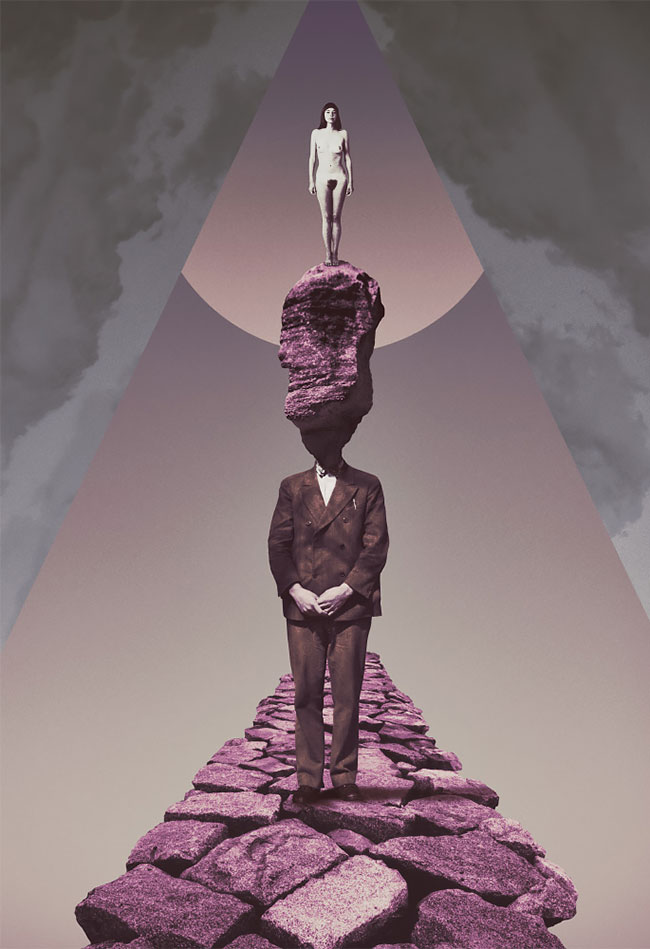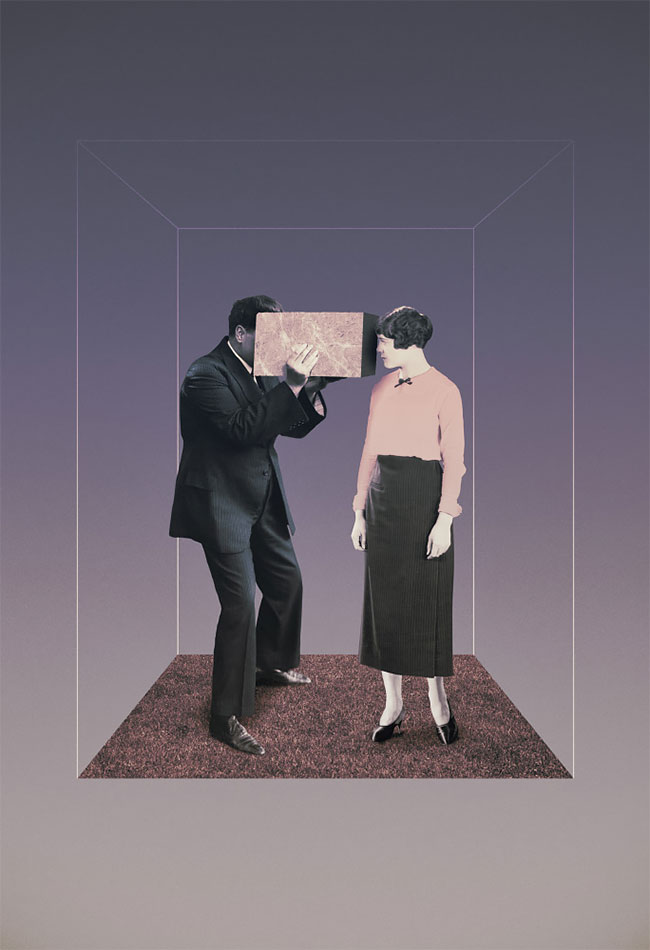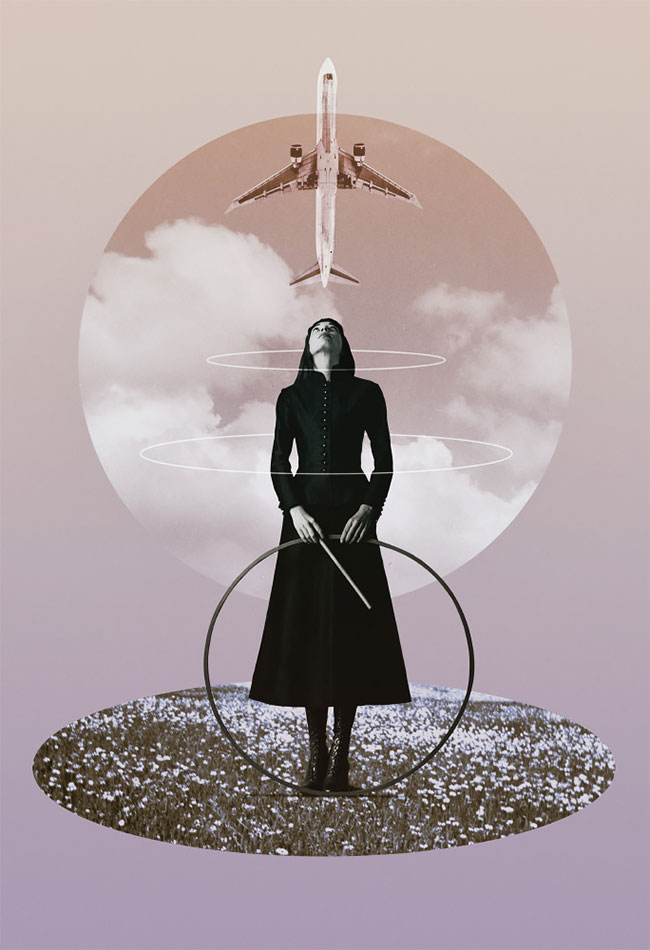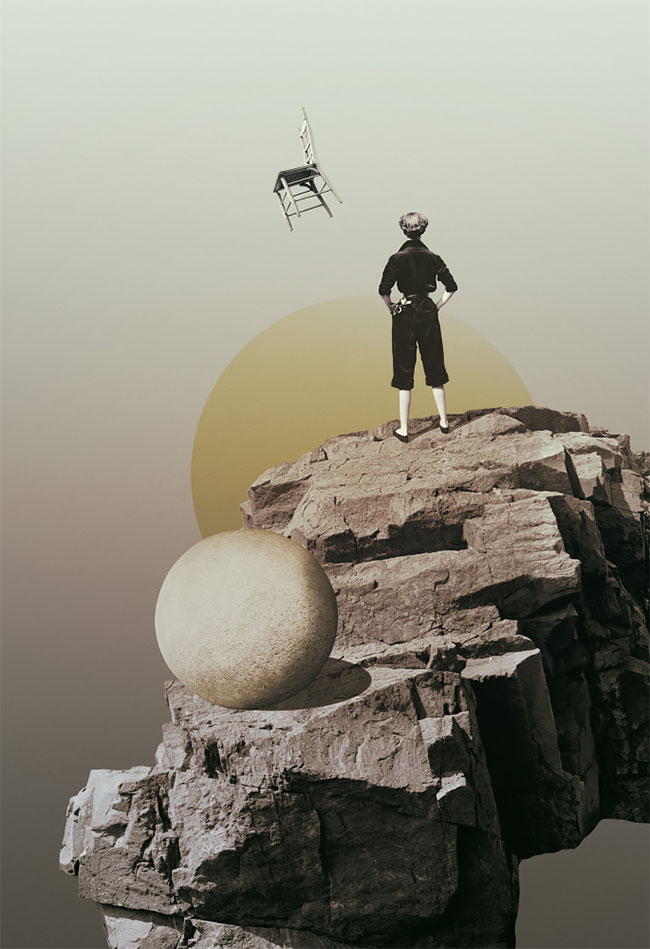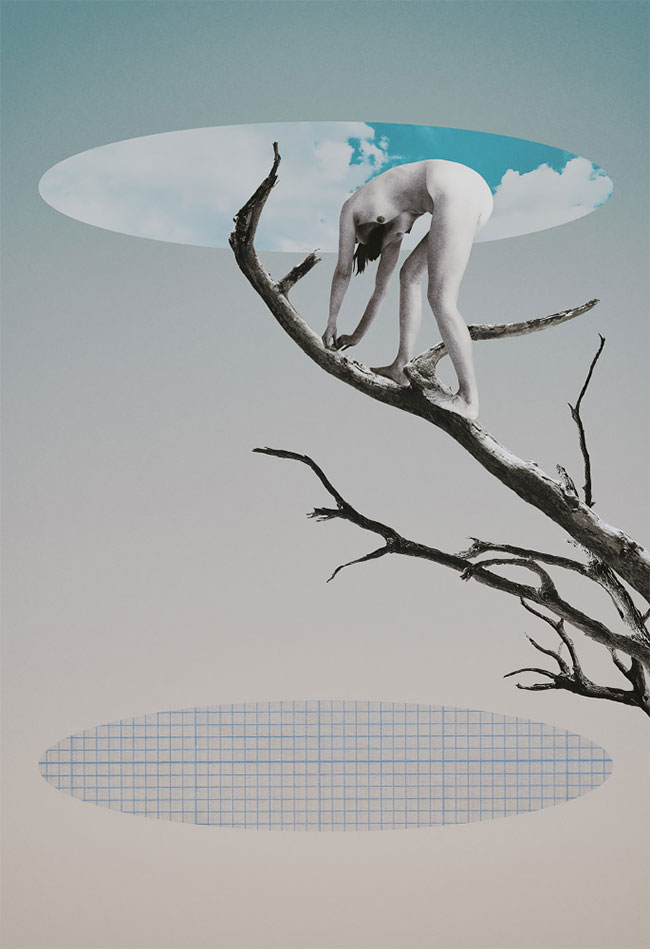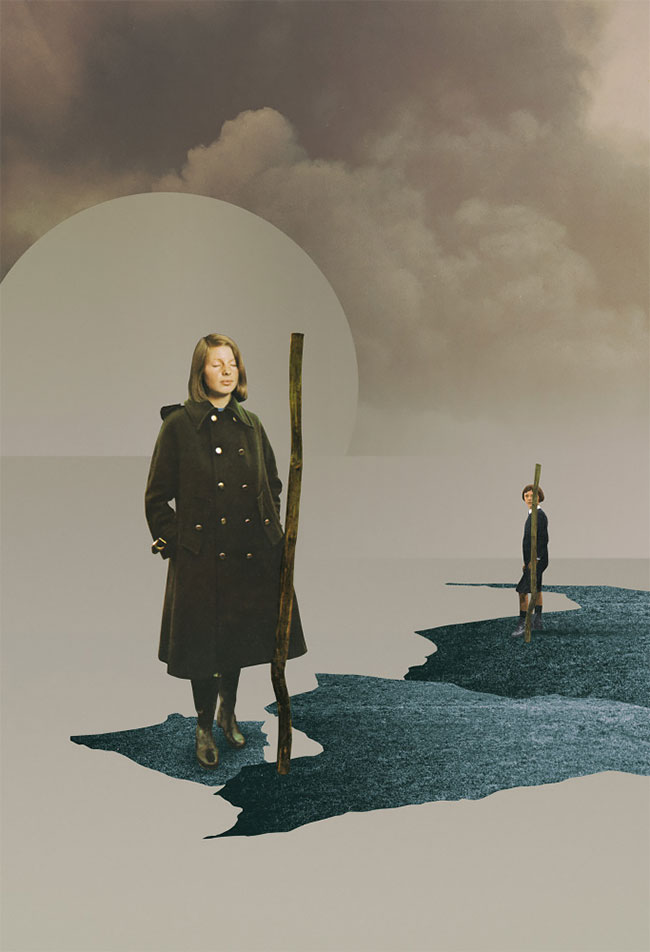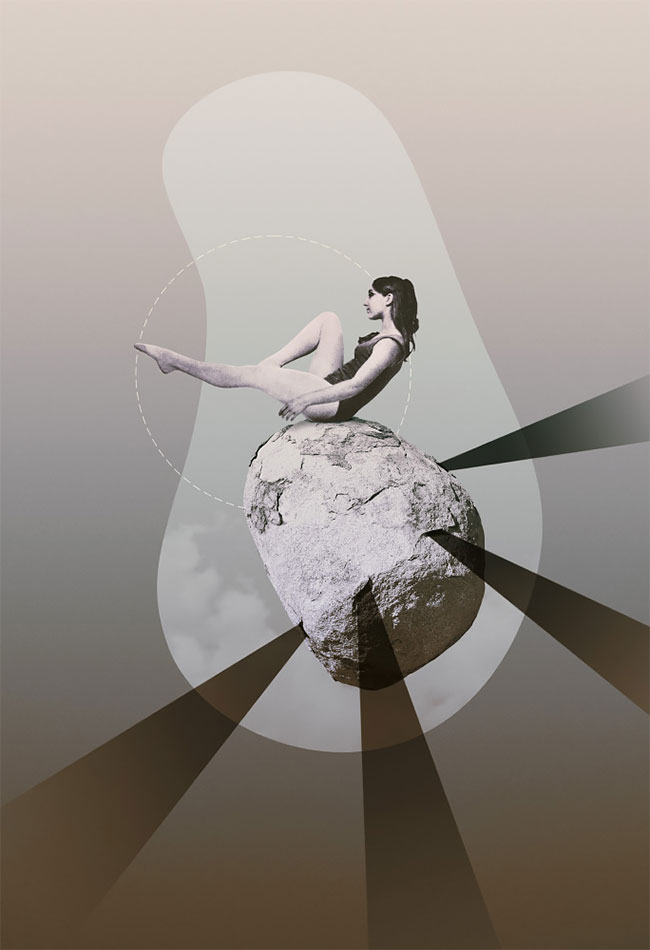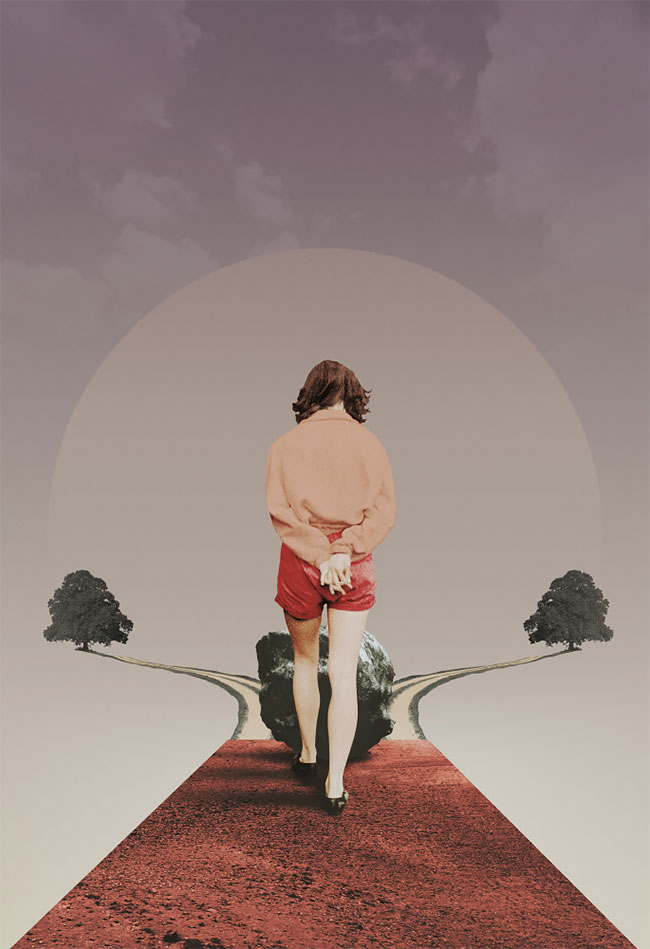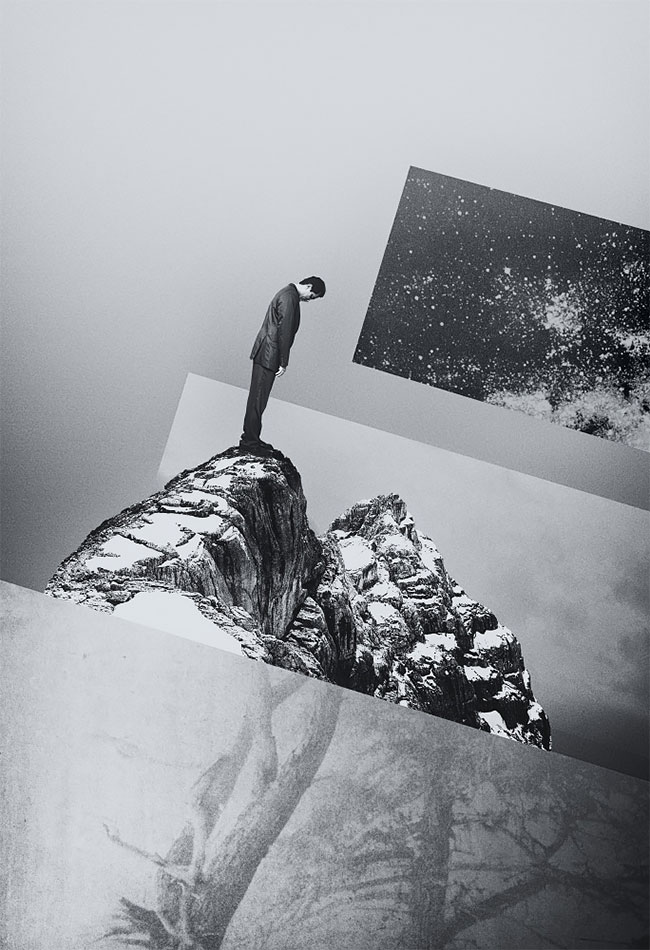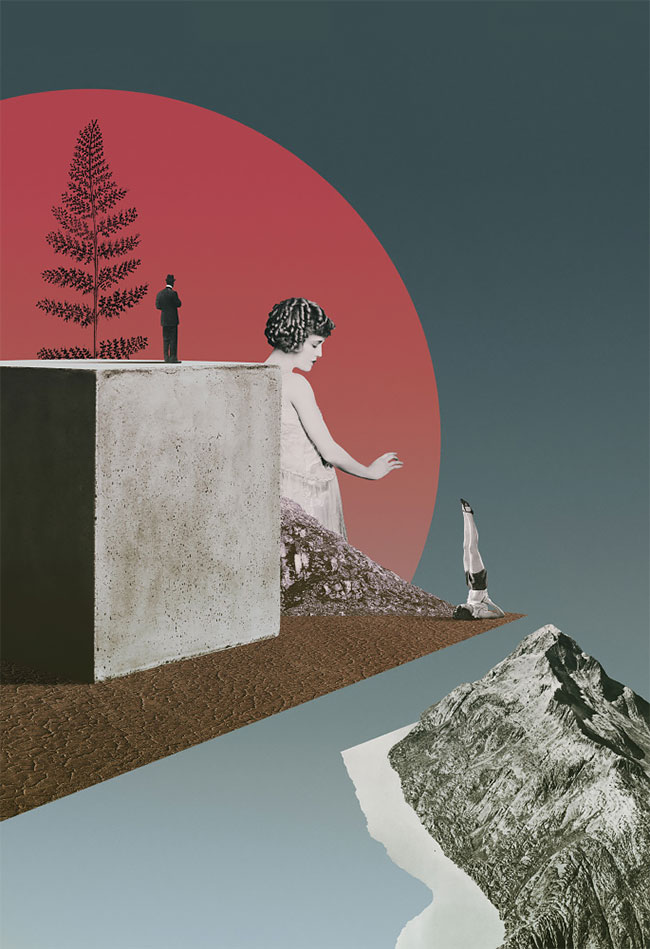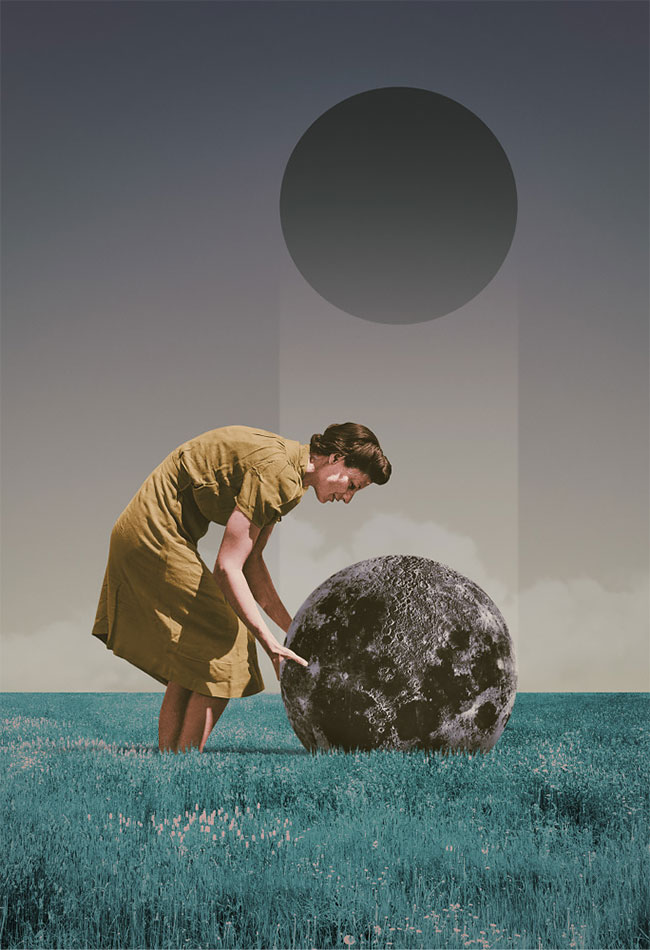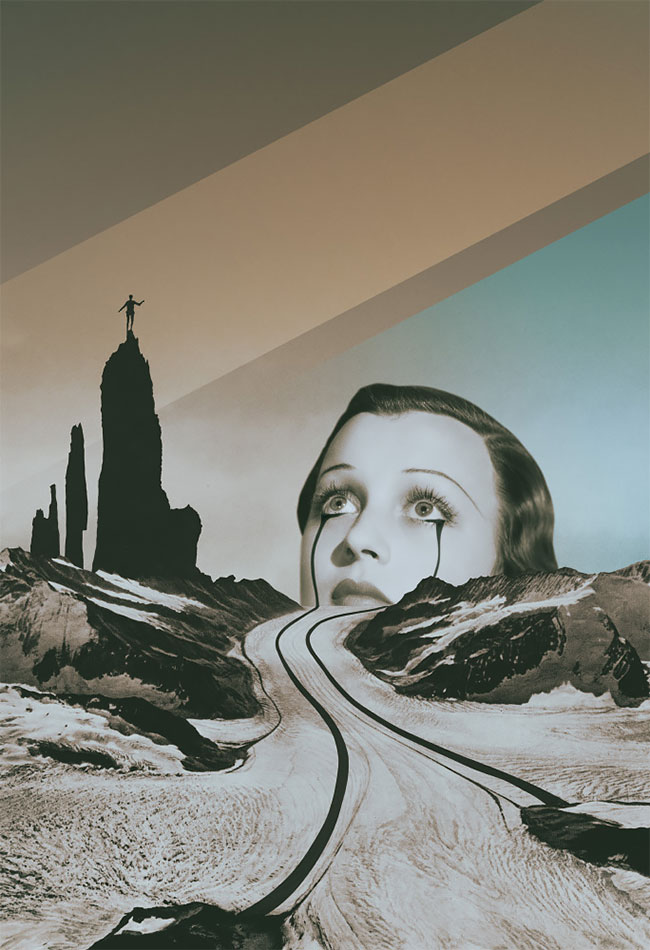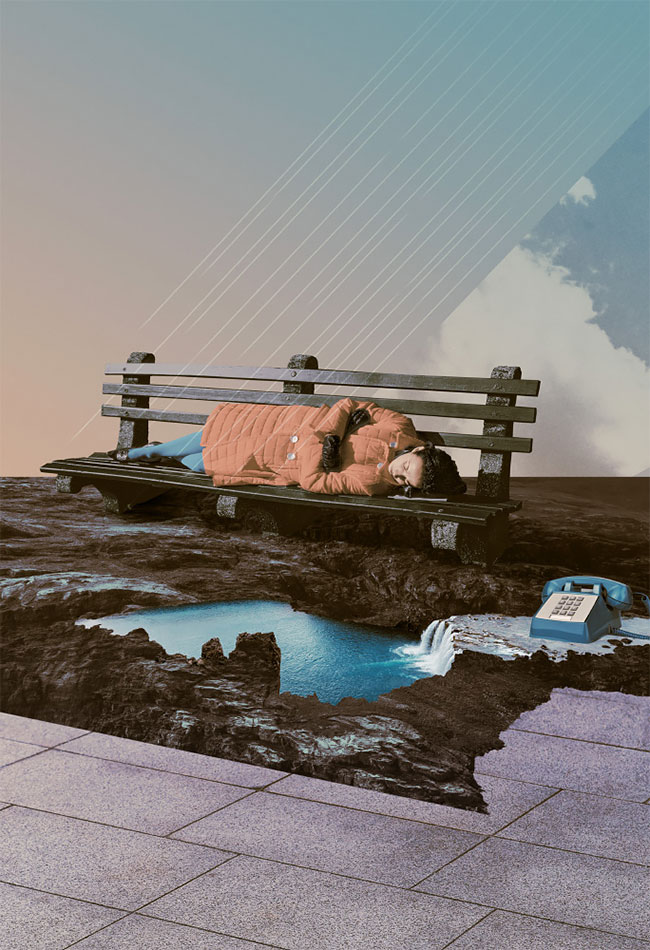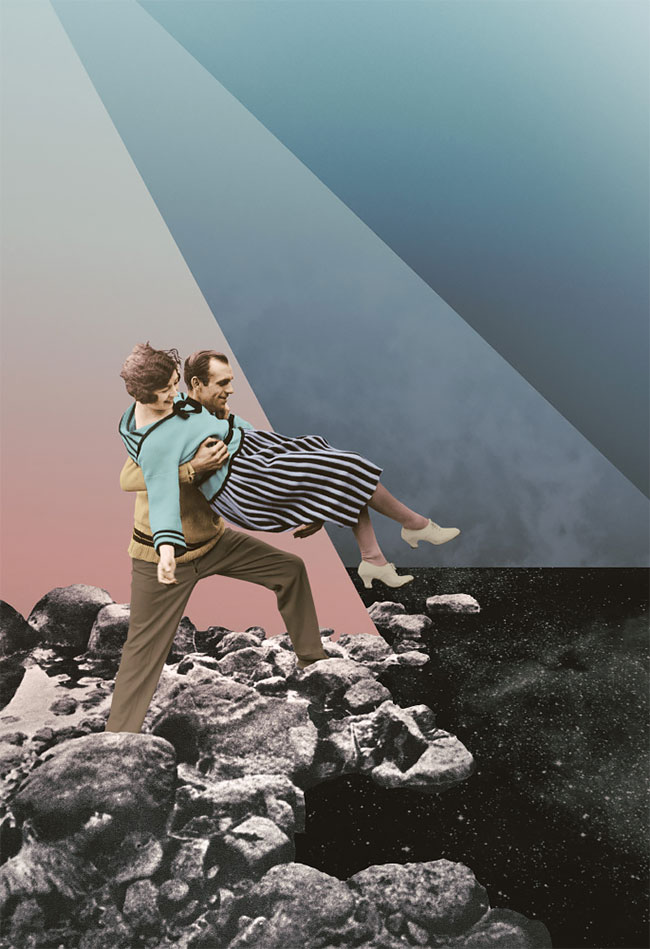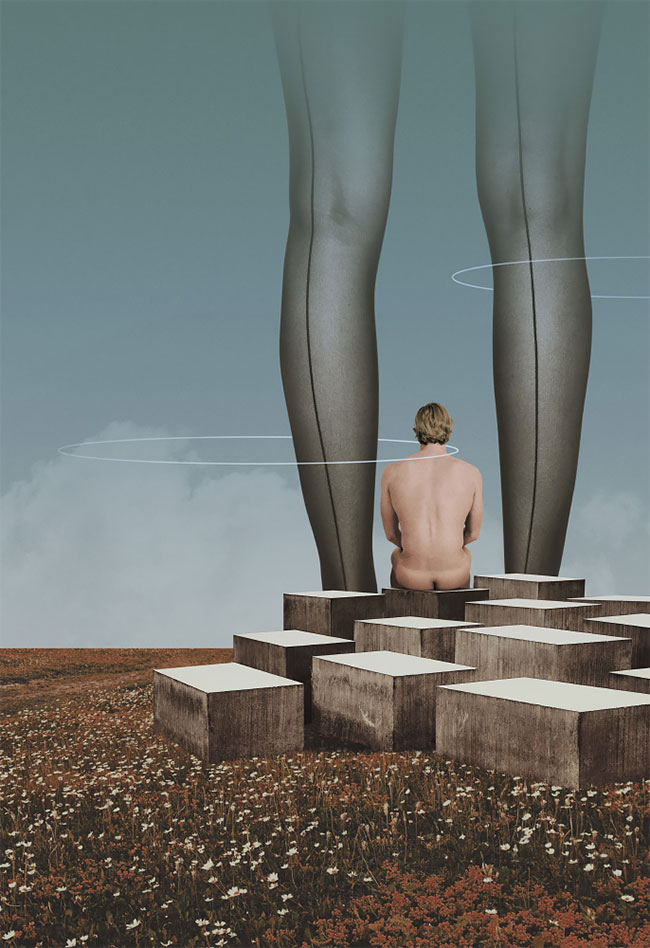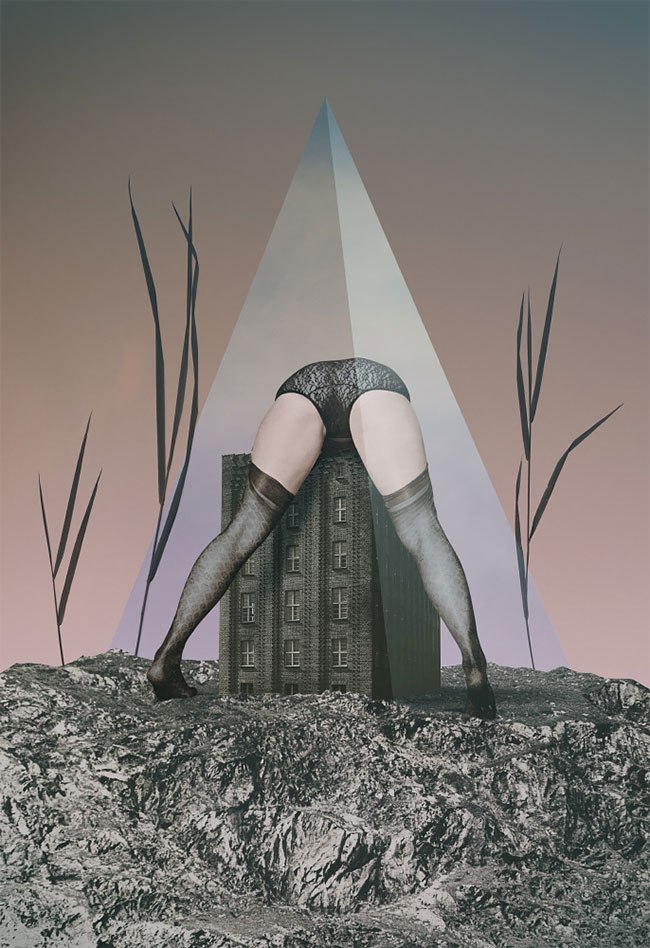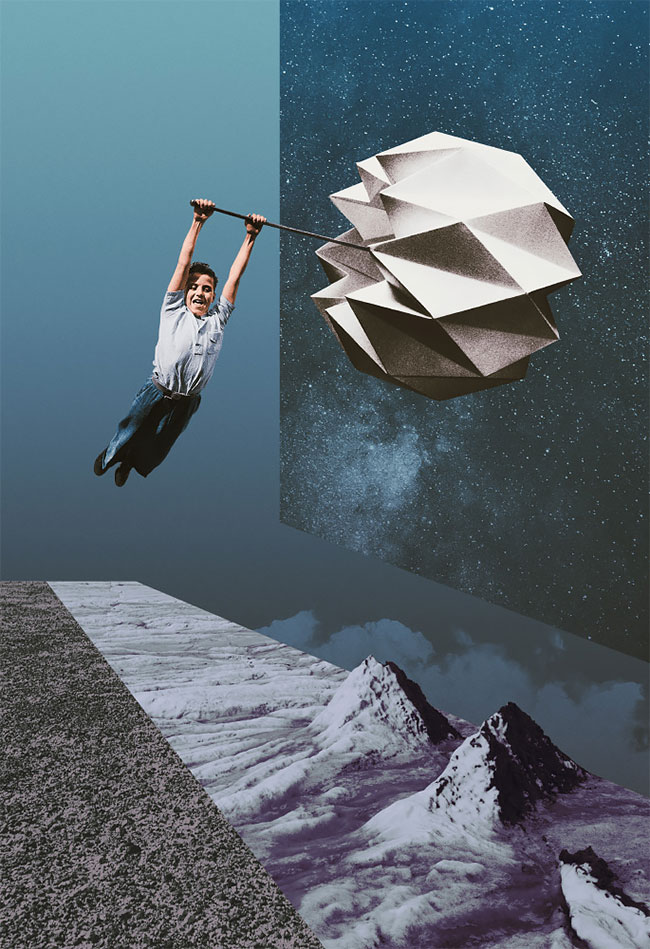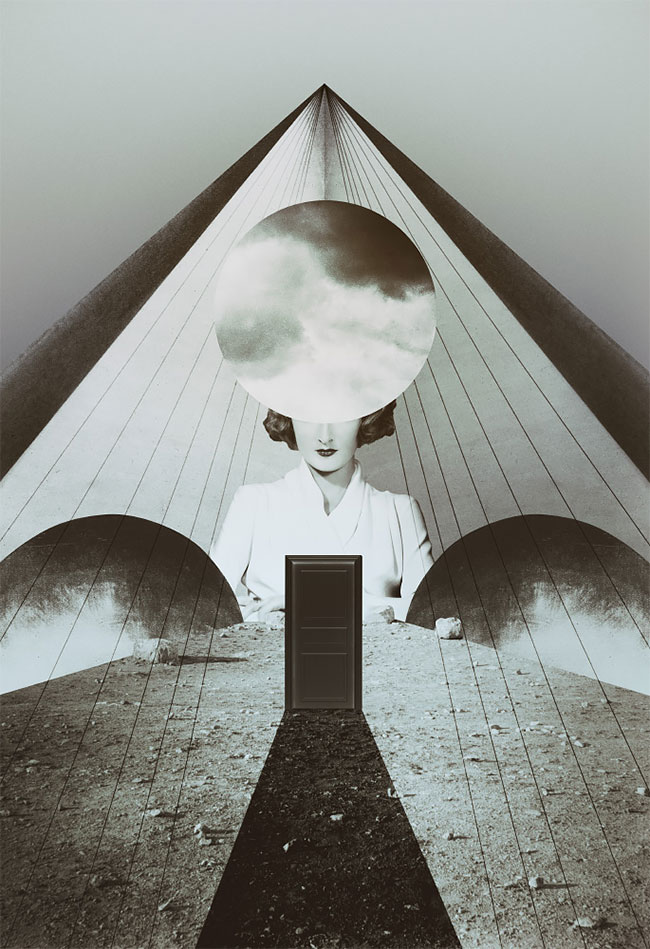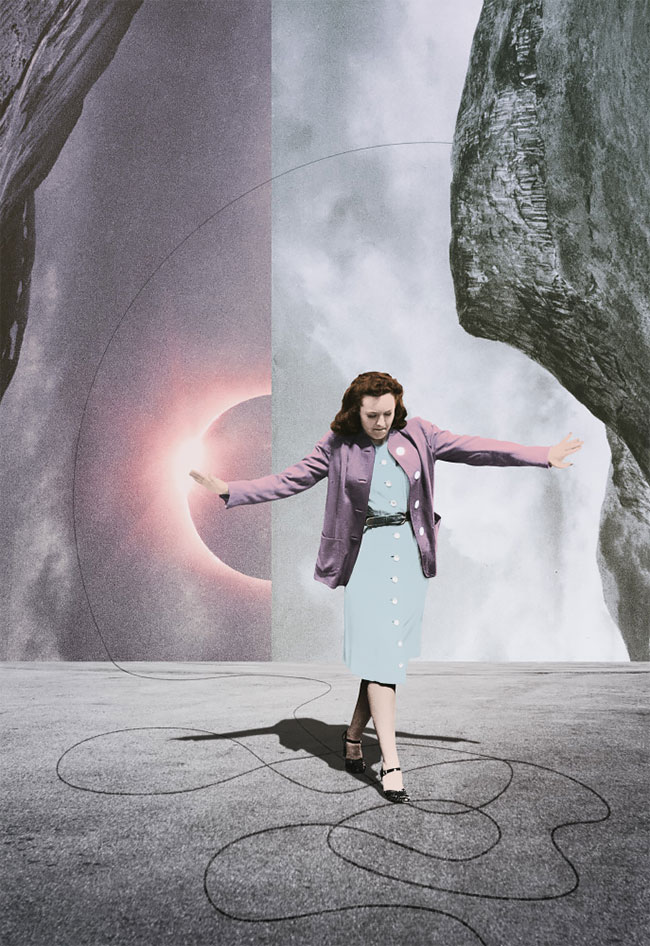“Myths Of The Near Future”: The Modern Collage Artworks Of Julien Pacaud

French artist Julien Pacaud calls his work “digital collage” as he uses a computer to create his artworks rather than the traditional method of scissors and glue. Self-taught, Pacaud claims he works by instinct. He flicks thru vintage magazines and old books looking for an image that will inspire him. Once found, he scans these images, stores them, before returning to them to find out where they might take him. When he starts a collage, he has no set plan. It develops by trial and error, accident and chance. A process which eventually reveals its own path.
More: Julien Pacaud, Instagram, Facebook, Shop h/t: dangerousminds

“I think that what drives my creation is my subconscious—the ways I express myself come rather randomly. I also don’t feel the need to explain my artworks, and am happy for anyone who interprets my work however they want—even if I created the piece with a specific idea in mind.”

Pacaud has described his work as “organizing chaos,” depicting his “inner need” to bring structure to the disparate elements in his work—the clash of landscape and geometric form; of nature and human construct; of desire and the failure of communicate. In a way, he is creating myths for a modern age. His influences range from The Twilight Zone to David Lynch’s Twin Peaks, but he first attracted to the possibilities of collage by Storm Thorgerson’s cover design for Pink Floyd’s album Wish You Were Here—two men shake hands on a deserted backlot, one is on fire. It could be an image out from Pacaud’s portfolio.

Based in Paris, Pacaud was “an astrophysician, an international snooker player, a hypnotist and an esperanto teacher” before turning his skills to art. He works as an illustrator contributing to newspapers, magazines, and books. His work has also been used on the covers of several albums by the likes of Hushpuppies, Jeff Mills, and (Swedish) Death Polka.




